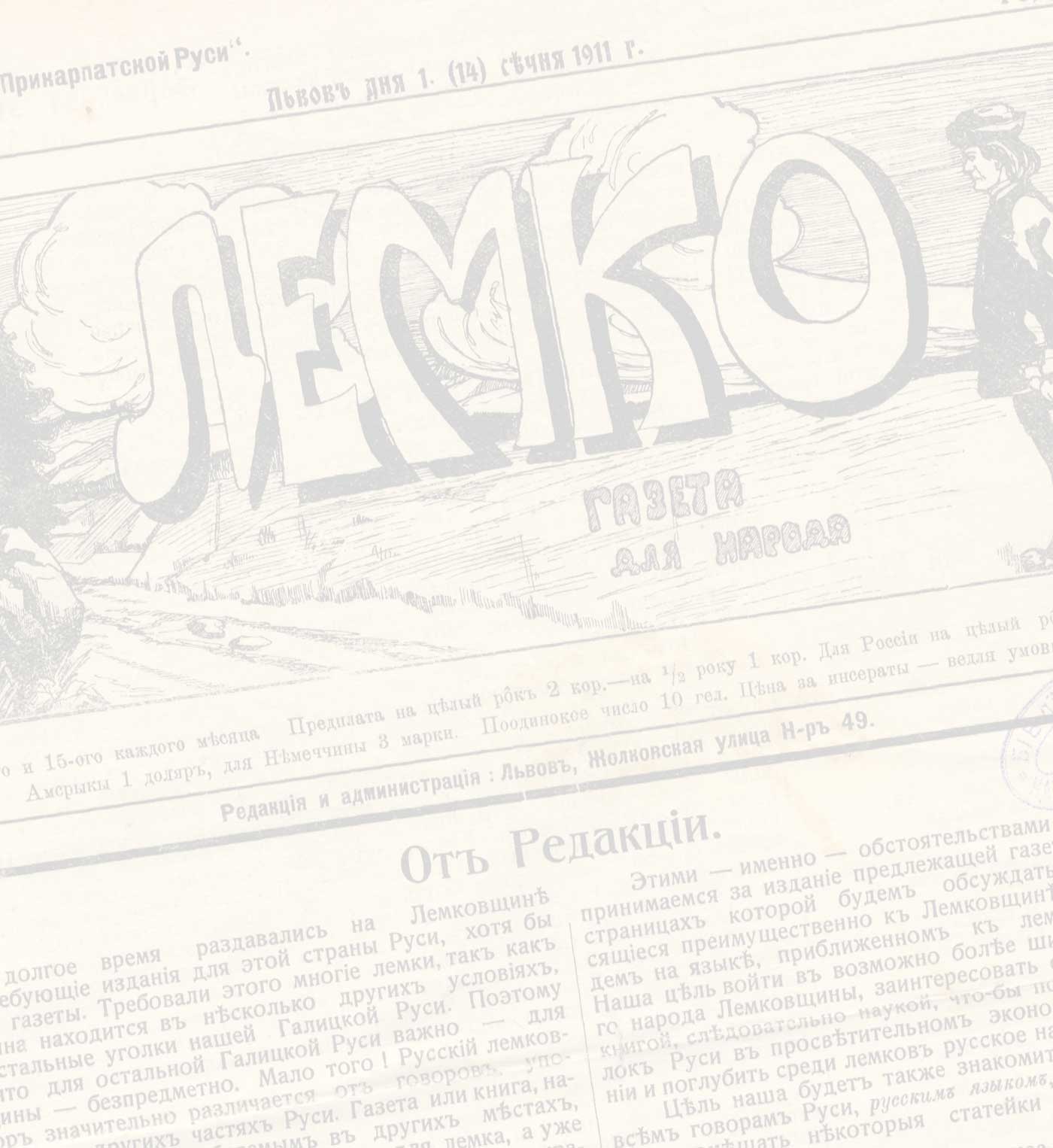
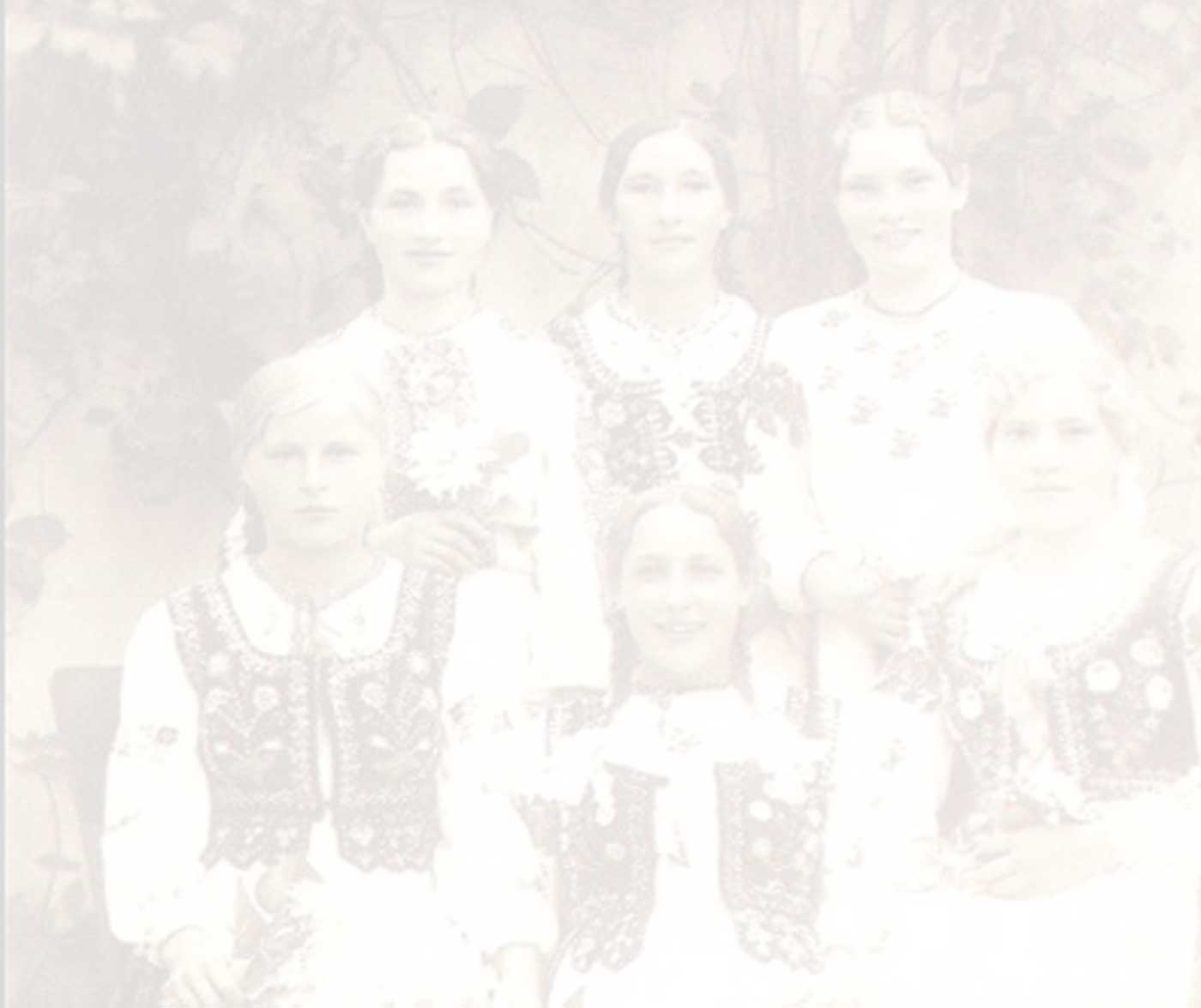
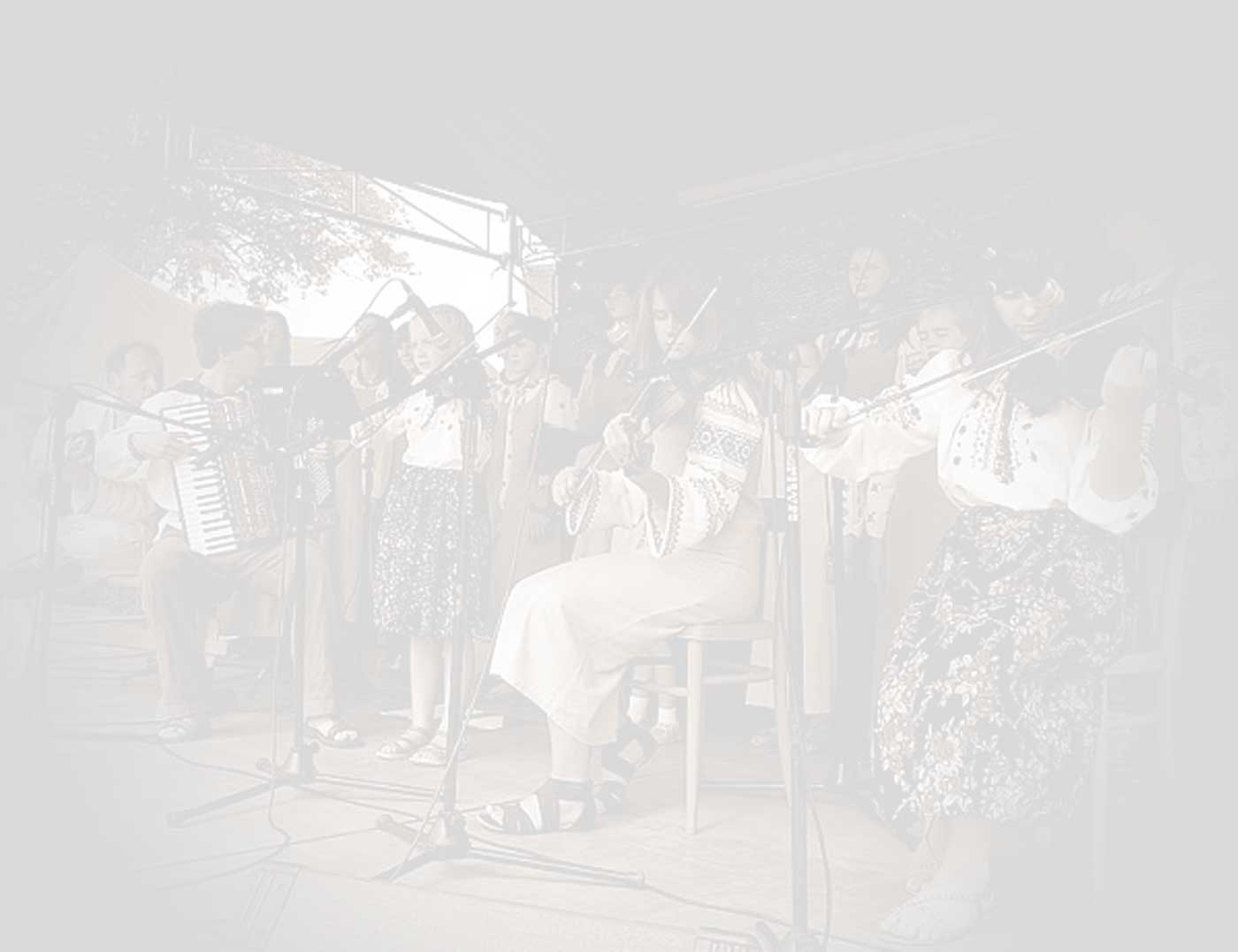



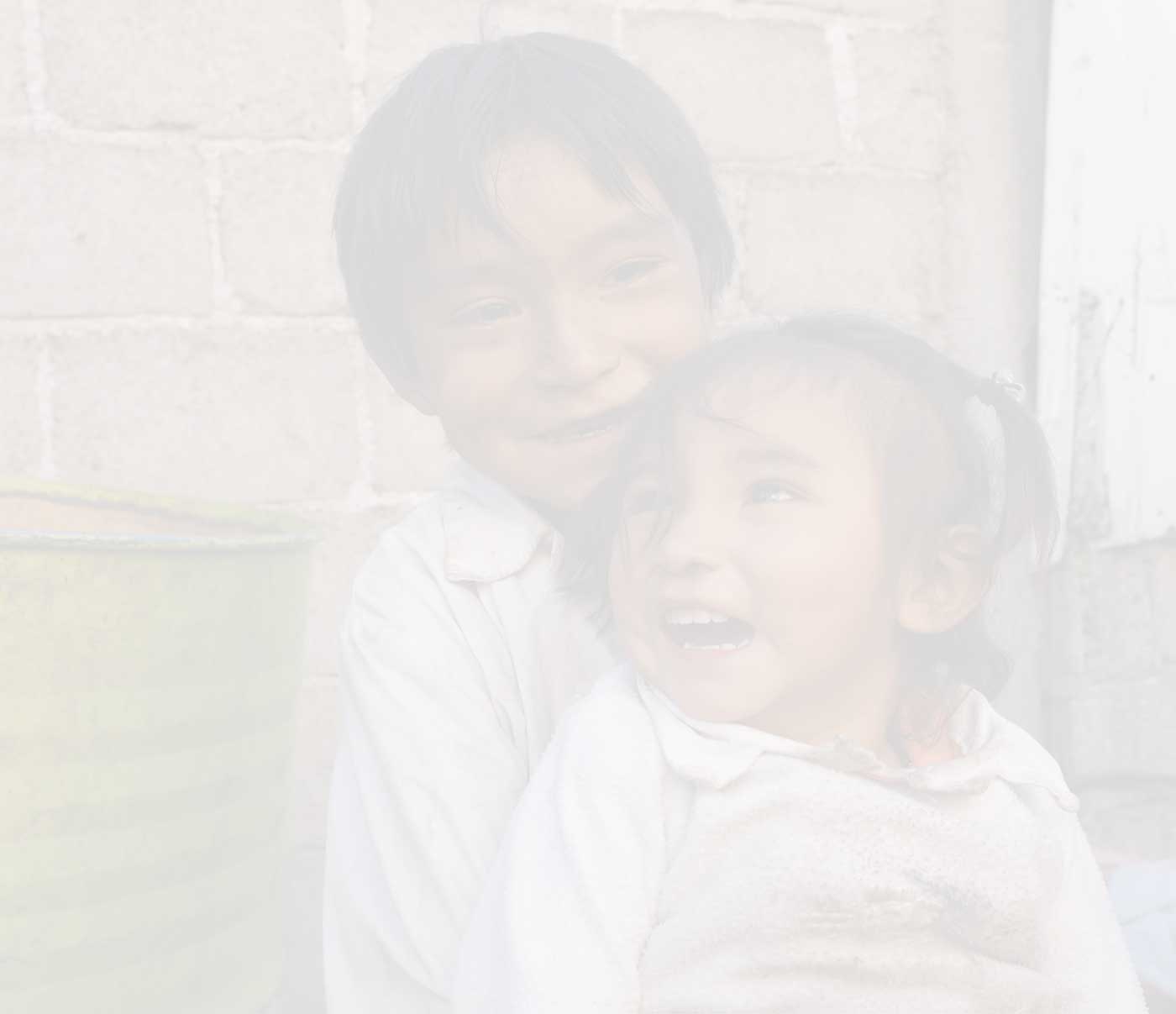




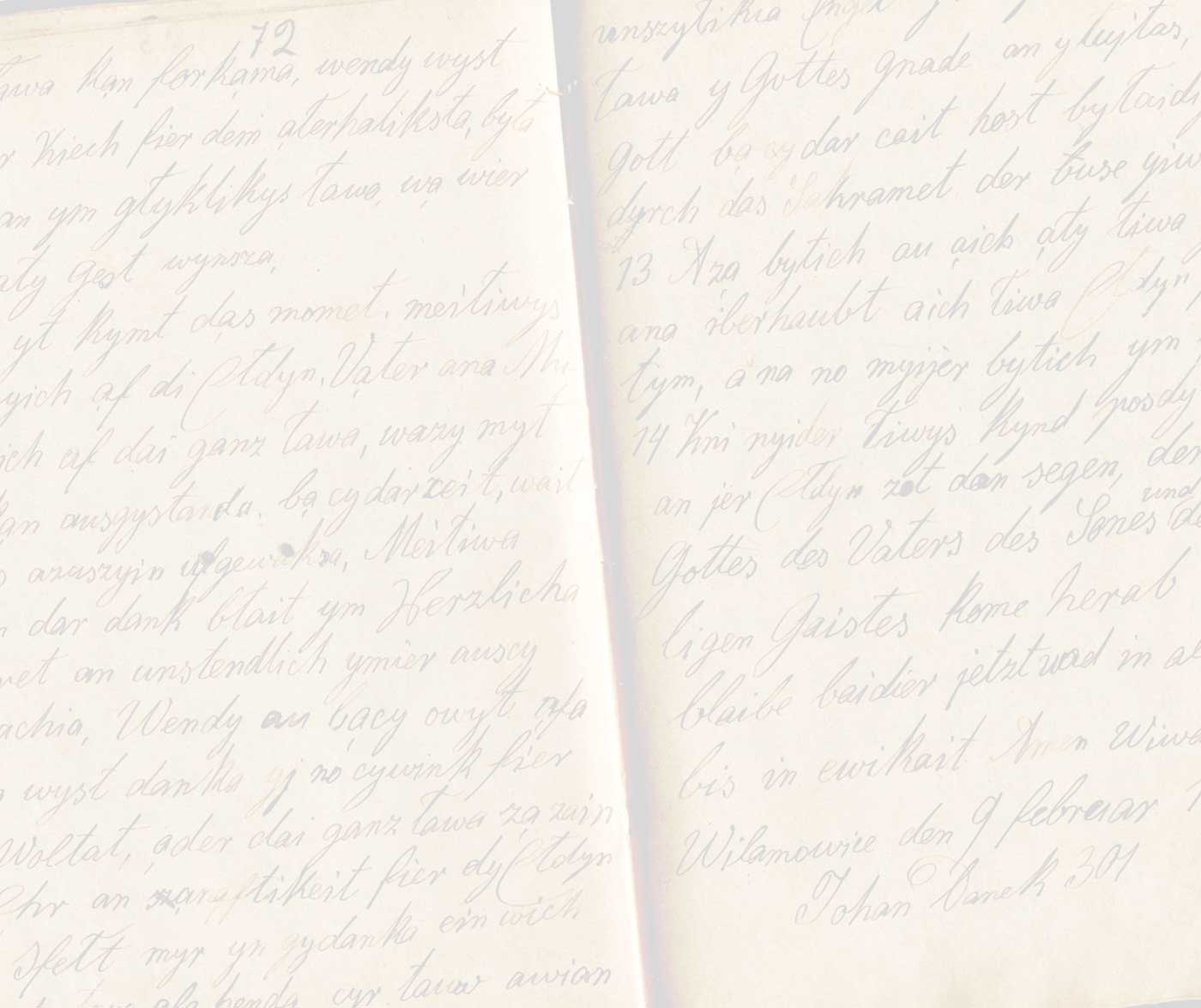












What is an endangered language?
It is estimated that nearly half of the roughly 7105 languages spoken on Earth will likely disappear within the next few generations, mostly as a result of the decrease in the number of the youngest speakers. Such languages are classified as endangered.
The few thousand languages spoken today are remaining relics of a once much richer pool of languages. The current erosion of language diversity is part of a long term process that has probably dramatically accelerated during the last few thousand years. According to some researchers, it is a consequence of the switch in the lifestyle of human communities from hunting and gathering to sedentary farming. Present-day disappearing languages are therefore a valuable source of knowledge, not only about human experiences and unique forms of cultural expression, but also in regards to the prehistory of our species.
We can distinguish several, basic criteria which characterize the level of language endangerment. One of them is the number of native speakers: people who use a specific language and consider it an important part of their identity. A language might be threatened because there are fewer and fewer people who use it and pass it on to their children. In some cases, the number of speakers is not a sufficient indicator of language vitality. Languages spoken by thousands of people might be in a critical situation, while others with a few hundred speakers may be vital and stable.
Other indicators of the level of endangerment of a language include the amount and depth of domains and social functions associated with its use; trends in the population size of the native speakers, their residency and patterns of migration; use of second languages; language attitudes within the community; official language status and language policy; amount and quality of documentation; response to new domains and media; quantity and quality of material for language education and literacy; and means of language transmission.
The UNESCO Atlas of the World’s Languages in Danger classifies 2471 languages into 5 categories:
A language is considered safe if it is spoken by all generations and the intergenerational transmission of the language is uninterrupted.
Selected literature:
Abley, Mark 2003. Spoken here. Travels among threatened languages. London: Arrow Books.
Austin, Peter K. & Jullia Sallabank (eds) 2011. The Cambridge Handbook of Endangered Languages. Cambridge University Press.
Brenzinger, Matthias (Ed.) 2007. Language Diversity Endangered. De Gruyter Mouton.
Coupland, Nikolas. 2011. The handbook of language and globalisation. Oxford: Blackell.
Crystal, David 2005. Language Death. Cambridge University Press.
Dalby, David 1999/2000. The Linguasphere Register of the World's Languages and Speech Communities, Vol.1, Introduction, Lexicon & Index), Gwasg y Byd Iaith/Linguasphere Press for Observatoire Linguistique
Endangered languages.http://www.ethnologue.com/endangered-languages (Accessed 14.01.2014).
Grenoble, Lenore A. & Lindsay J. Whaley (eds.) 1999. Endangered Languages. Current issues and future prospects. Cambridge University Press.
Harrison, K. David 2007. When Languages Die. The Extinction of the World’s Languages and the Erosion of Human Knowledge. Oxford University Press.
Lewis, M. Paul. 2006. Evaluating Endangerment: Proposed Metadata and Implementation. In Kendall A. King et al. (eds.). Sustaining linguistic diversity: Endangered and minority languages and language varieties. Washington DC: Georgetown University Press, 35-49.
Nettle, Daniel & Suzanne Romaine 2000. Vanishing Voices – the extinction of the world’s languages. Oxford University Press.
Moseley, Christopher, ed. 2010. Atlas of the World’s Languages in Danger, 3rd edition. Paris: UNESCO Publishing.
UNESCO Ad Hoc Expert Group on Endangered Languages 2003. Language Vitality and Endangerment. Document adopted by the International Expert Meeting on UNESCO Programme Safeguarding of Endangered Languages, Paris.